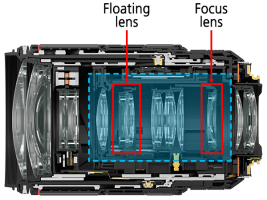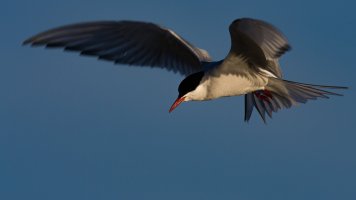I can use f/11 with my R. I can also use it in live view with my 5D MK IV. I think some of the better communications in the RF lenses may help autofocus.
F11 is F11, the focal length does not change that. Obviously, the amount of light needed to get a low ISO exposure at a high shutter speed is critical, and for moving subjects, a fast shutter speed is going to be a issue. Lots of wildlife is not moving, birds in flight might require high ISO.
That depends on how good the R6 IBIS will be for panning...
Upvote
0


